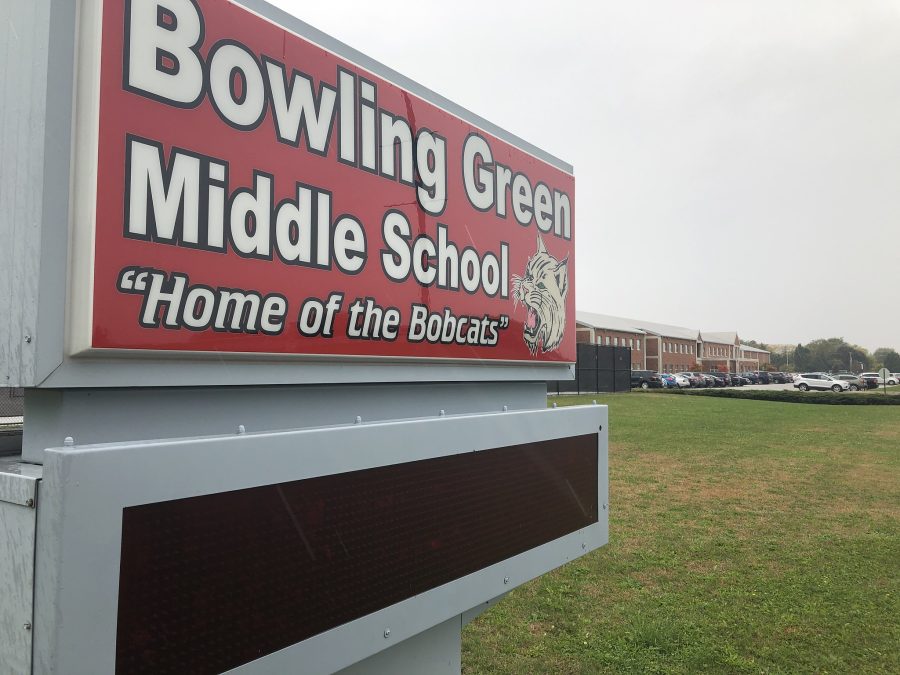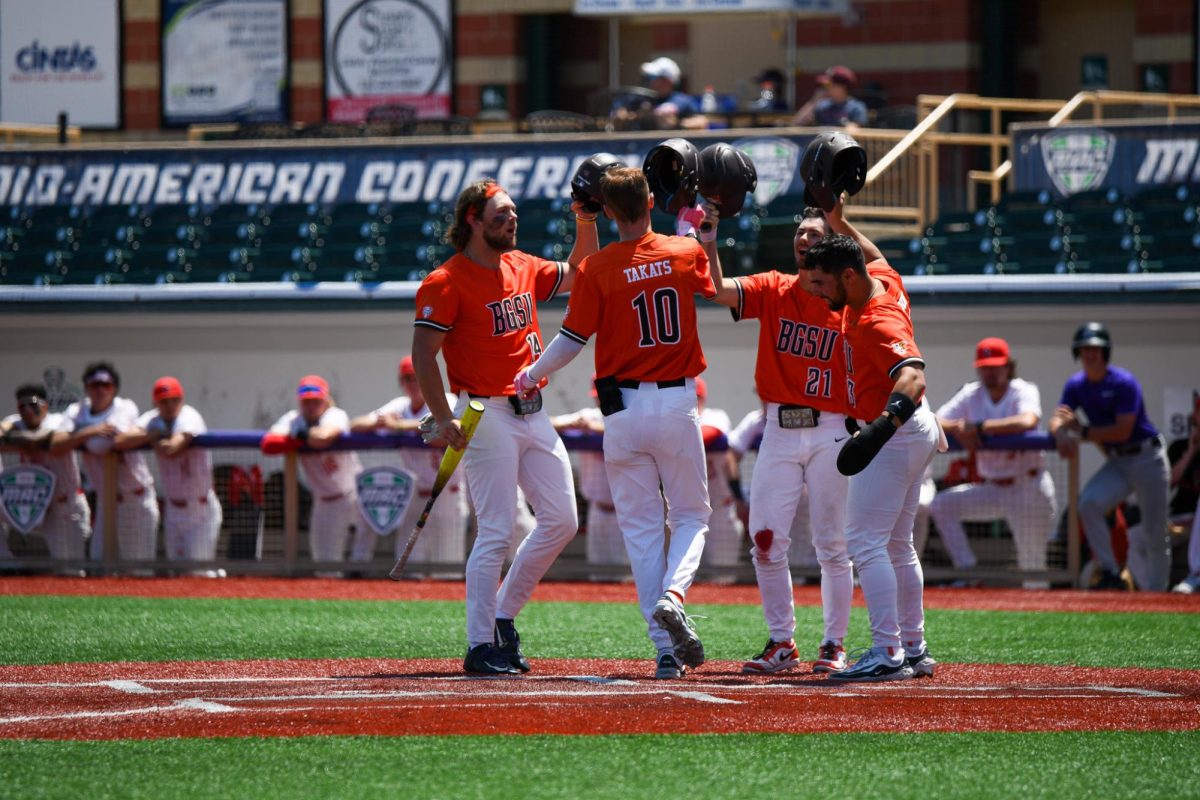With frequent blood shortages every year, the push for giving blood is especially apparent on campus and in the community.
And currently there is critical need for blood donations, specifically type O negative, according to Linda Hartman, senior donor recruitment representative for the American Red Cross Blood Services for the Western Lake Erie Region.
Reasons for shortages depend on the season. People often do not give in the winter when the weather is bad or they are ill, other times shortages occur during warm weather when people are active outdoors and not inside donating, Hartman said.
Even with the shortages, blood donation needs to remain persistent. The Western Lake Erie Region, which serves 11 counties in northwest Ohio and 23 area hospitals, needs 300 pints per day to maintain a sufficient blood supply, according to Hartman. Ideally the agency keeps a three-day supply of blood on the shelf – amounting to about 900 pints.
“People don’t realize that,” Hartman said.
About 20 percent of the blood supply in stock at any given time comes from high school and college drives, Hartman said. This can lead to shortages when students are on break from classes, such as for spring break, and can lead to the American Red Cross making an emergency appeal for donations.
This is only announced when supplies are extremely low, Hartman said. If the supply is in an emergency state and not enough pints are in stock, the agency may collect blood from other area Red Cross markets. In worst cases, surgeries may even be postponed because of not enough supplies, Hartman said.
Maintaining Supplies
To keep supplies intact, drives are scheduled about five times a year on campus, taking into account the 56 day wait requirement in between blood donations, Hartman said. However, with drives regularly both on and off-campus, there’s always a chance to give.
“There’s opportunity almost every single month,” Hartman said. “It helps people in BG who want to give every 56 days.”
The next campus drive starts this week. In recent years the BG Red Cross Club has been helping sponsor and promote campus drives.
“They’re becoming more of an active role,” Hartman said. “We’re partnering with the Red Cross Club to get the word out there.”
The club started four years ago by students who wanted to help relief efforts for the 2004 tsunami that hit Asia, said Amber Daniels, club president.
Daniels, who has been involved with the organization for two years, said 20 to 25 students are active members.
Other schools, such as The University of Toledo, have modeled similar clubs off of BG’s, Daniels said.
“The goal is to keep people more aware of things that are going on,” she said. “For people to understand that things are going on in the world that are not happening here and to make people aware how easily you can help others.”
Saving a Life
For junior Akeela Welch, giving blood is something that hits home. Welch was in a bike accident at age 12 that caused her kidneys internal bleeding. A donor’s blood saved her life.
“It makes me feel very privileged to have been a product of someone’s donation,” Welch said. “Donation is something money could not have done. It feels good to know I could benefit from someone’s caring.”
Welch, a member of the Red Cross Club, encourages others to be potential lifesavers.
“That is something that they could give themselves and give unselfishly,” Welch said.
Contrary to what some think, after giving blood, the donation usually does not sit for weeks or months.
“Somebody tomorrow could benefit from blood you give today,” Welch said.
The Giving Process
When donors give they are asked 56 questions that deal with their history, basic contact information and health-related issues.
“We want to make sure the blood we are receiving is iron- enriched and we don’t want to wear you down,” Hartman said.
And even with the background questionnaire, all blood donations are lab tested. If results come back positive, for STDs for example, a letter is sent to the donor to notify them, Hartman said.
“It does give somebody a mini physical,” she said.
Hartman recommends donors eat a good meal and drink a lot of water for several days leading up to the drive. Before donating, people should avoid coffee and eat iron-enriched or iron-retaining foods such as broccoli, high-iron content cereals and beef.
One pint of blood is taken during a typical donation, which is then separated into three different blood products. Some may not realize that one pint can save up to three lives.
“None of it really goes to waste and there’s such a shortage,” Daniels said.
Platelets are used for cancer patients, and plasma helps burn victims.
Although 300 pints per day is the agency’s goal, 400 to 500 donors are needed to achieve that goal. Many donors are deferred initially through the questionnaire prior to giving blood. Reasons for deferral can include low iron, illness or gay men who have had sex with other men, for example.
Giving Misconceptions
But the top reasons why people choose not to donate revolve around the actual process, Hartman said. Many worry about the pain from the needle used to extract the blood, but the actual “pinch” lasts only about three seconds.
“Besides the initial poke it’s not painful at all,” Welch said.
In addition, many think the actual blood donation takes an hour alone. But it only lasts about 10 minutes, with the remaining donation time, about an hour total, being paperwork and resting.
“Having a needle in your arm for ten minutes is nothing compared to what cancer patients go through,” Hartman said. “An hour of my time could give a child a lifetime of memories.”
Other donors agree that giving blood is worth the small time commitment.
“Blood is a really simple way to save people’s lives,” Daniels said. “To me, life is very precious. It’s just unreal to me that everybody couldn’t have two hours to save a life.”
Editor’s Note: The BG Red Cross Club meets Wednesdays at 9:15 p.m. in 114 BA. Attend a meeting or e-mail [email protected] to get involved.


















